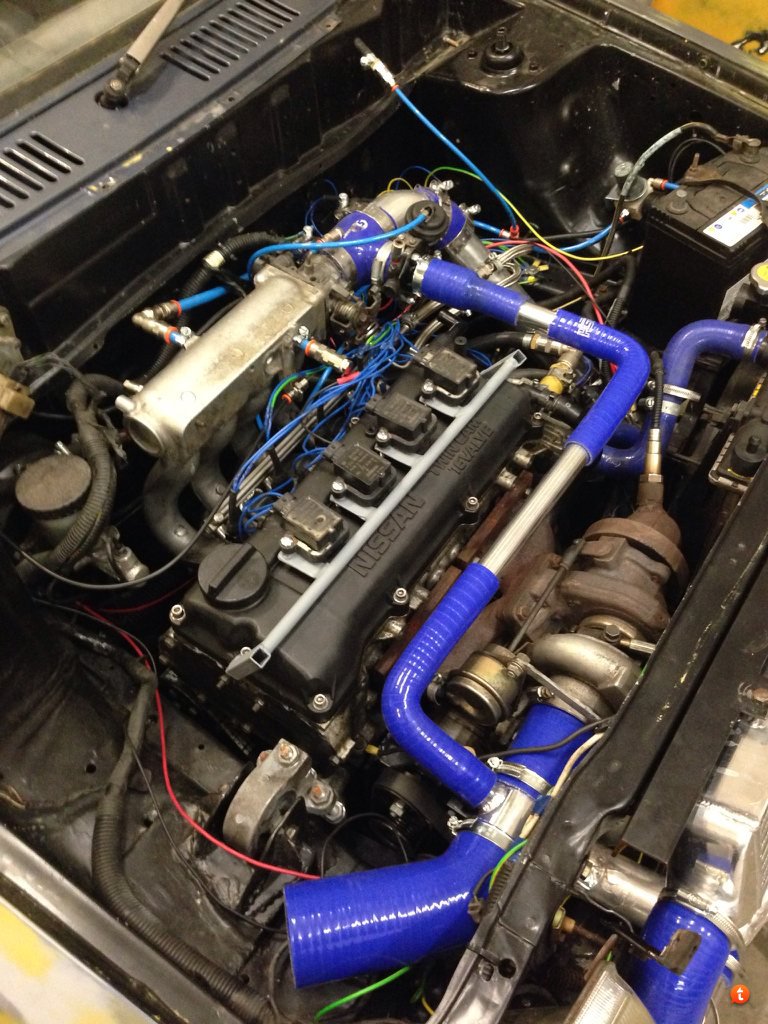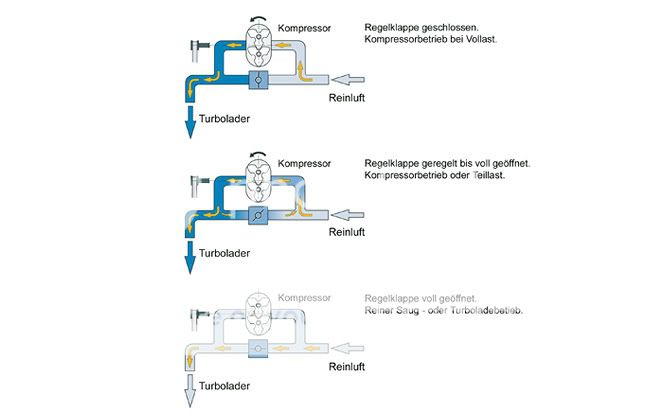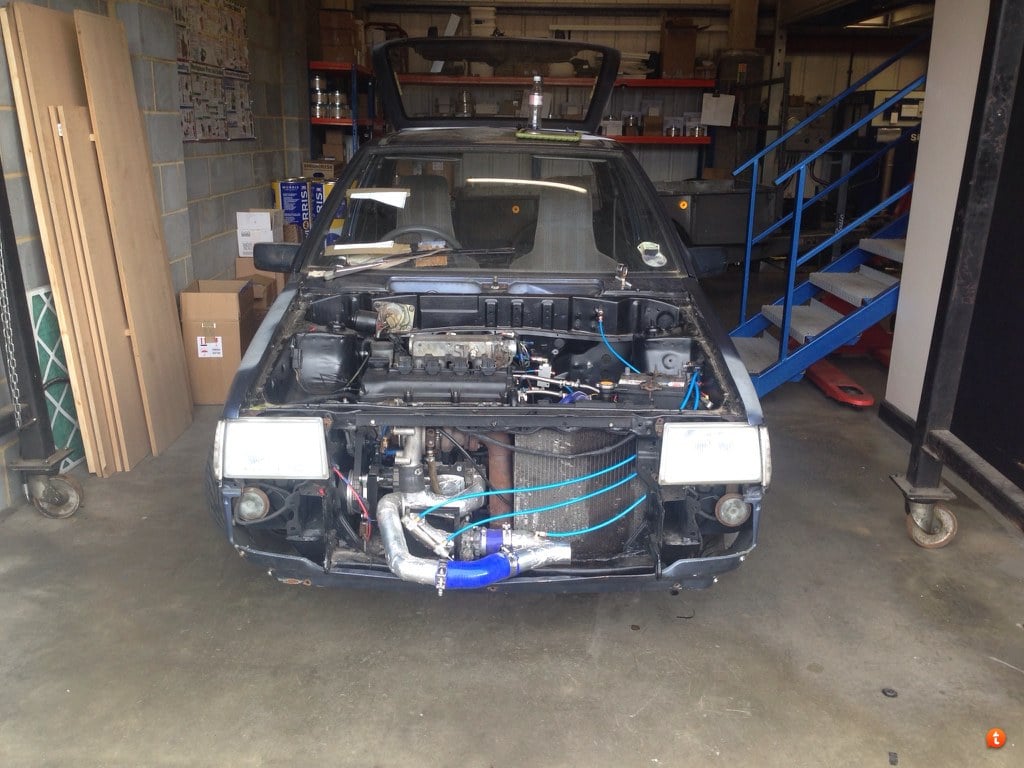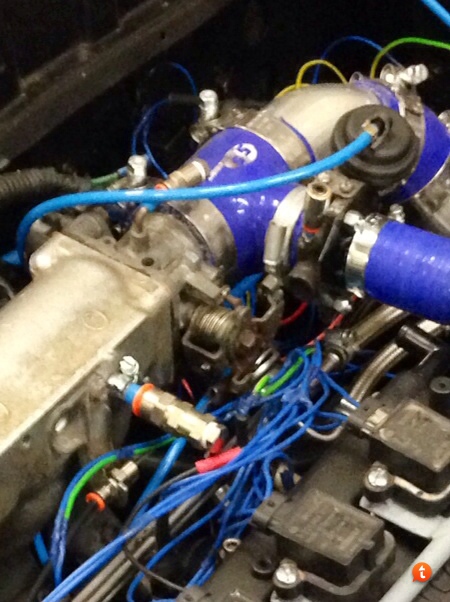If doing twin-charging the only reliable way to switch over between chargers is using re-purposed flyby-wire throttle body controlled by ECU.
Failing that you can use waste gate actuator to open the bypass throttle on the supercharged when pressure from the turbo reaches certain point.
This is how VW does it:
this is what i want to tell you but i'm Portuguese and i need more training in my english and i now the car mechanisme
and you need to put a blow-off valve because your is over loading air wen you let go off the throttle.





